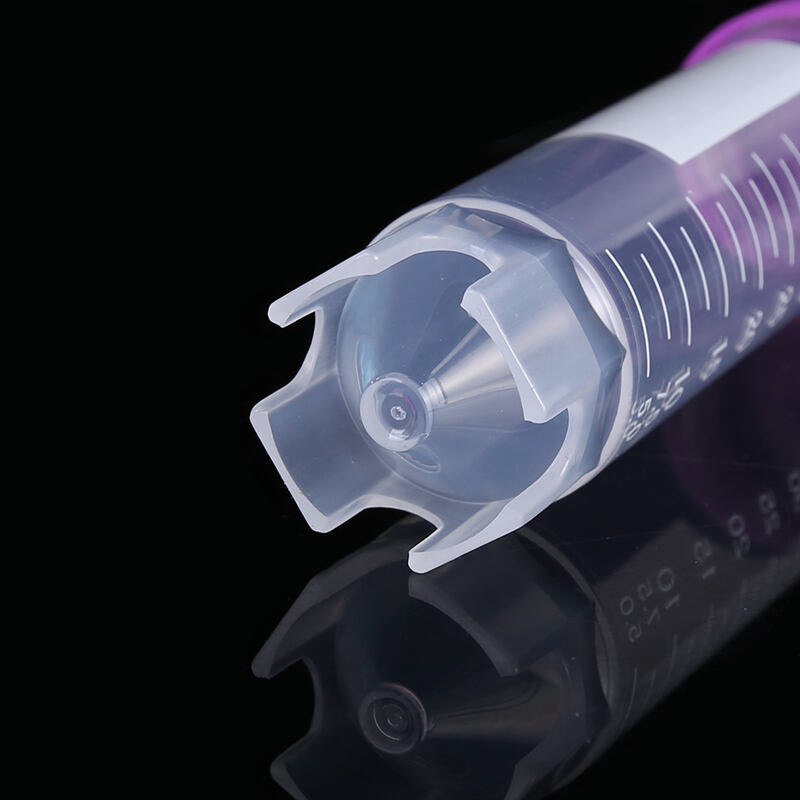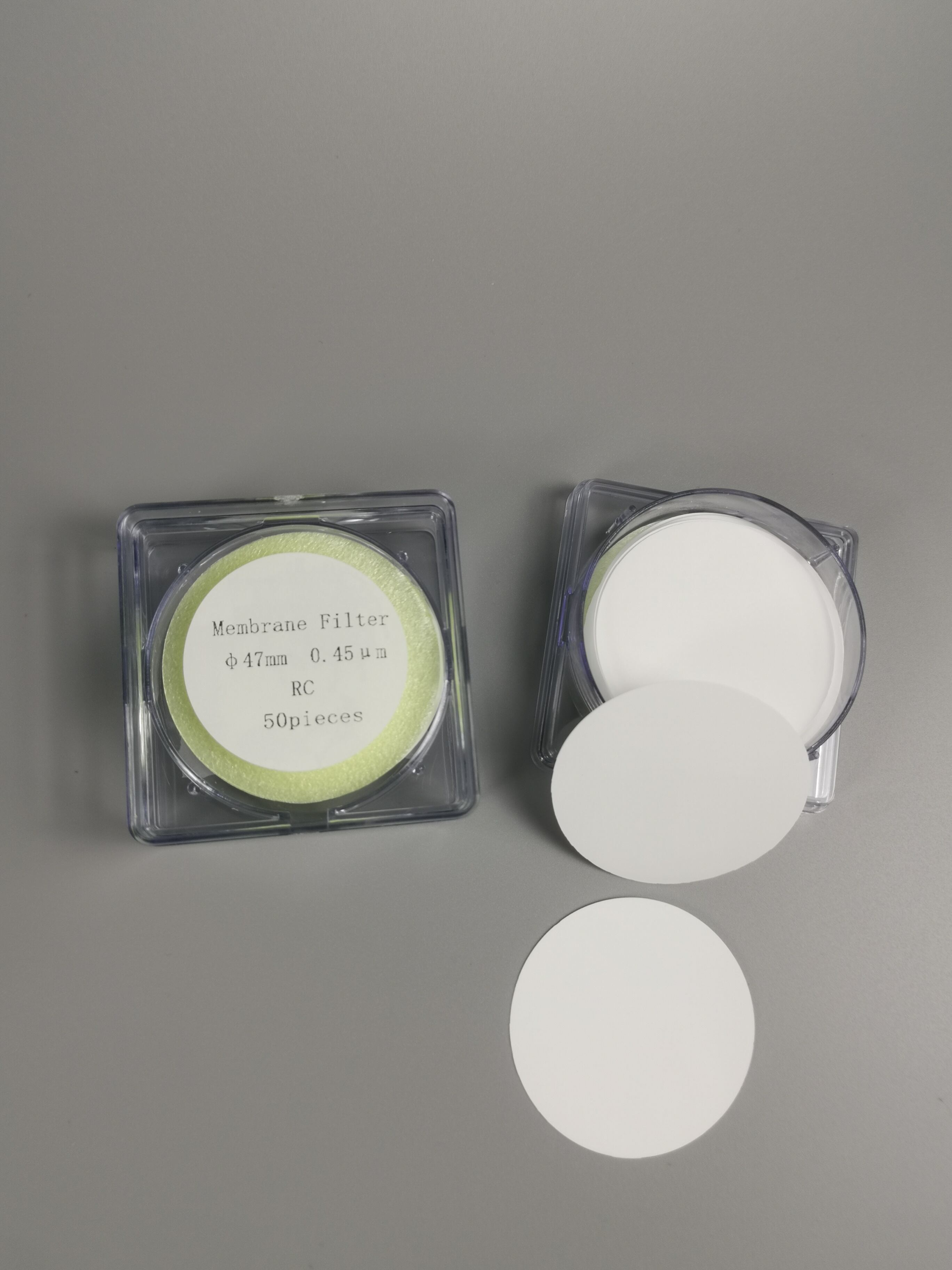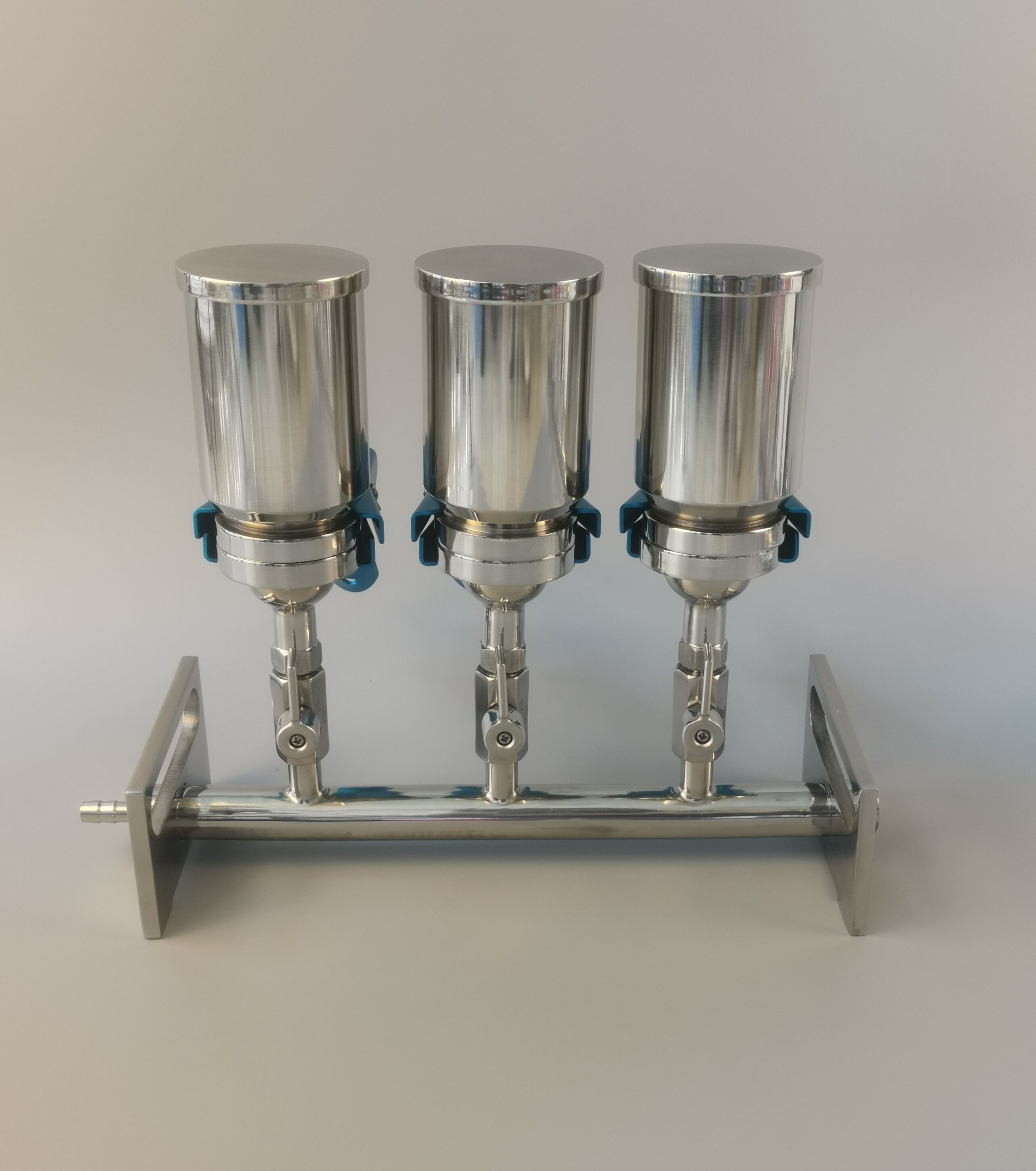스핀 칼럼 DNA 추출 단계
스핀 컬럼 DNA 추출은 분자 생물학에서 혁신적인 방법을 제공하며, 다양한 생물학적 샘플로부터 고품질의 DNA를 분리하는 간소화된 접근 방식을 제시합니다. 이 과정은 세포가 가수분해되어 유전 물질이 방출되는 샘플 준비 단계로 시작됩니다. 가수분해 용액은 실리카 막이 포함된 특수한 스핀 컬럼으로 옮겨집니다. 카오트로픽 염류가 존재할 때 DNA는 선택적으로 이 막에 결합하며, 다른 세포 성분들은 흐르게 됩니다. 결합된 DNA는 오염물을 제거하기 위해 여러 세척 과정을 거치며, 이 과정은 원심분리를 통해 촉진됩니다. 마지막으로 순수한 DNA는 일반적으로 저염 용액이나 물이 포함된 엘류션 버퍼를 사용하여 막에서 엘류션됩니다. 이 기술은 특정 화학 조건 하에서 DNA의 실리카에 대한 친화력을 활용한 고체상 추출 원리를 이용하여 다른 세포 성분들로부터 효율적으로 분리됩니다. 이 과정은 연구 실험실, 진단 시설 및 법의학 실험실에서 널리 사용되며, PCR 준비에서부터 유전 분석에 이르기까지 다양한 응용이 가능합니다. 이 방법의 정확성과 신뢰성은 시퀀싱, 클로닝 및 유전자 검사와 같은 고순도 DNA가 필요한 후속 작업에 특히 가치가 있습니다.


